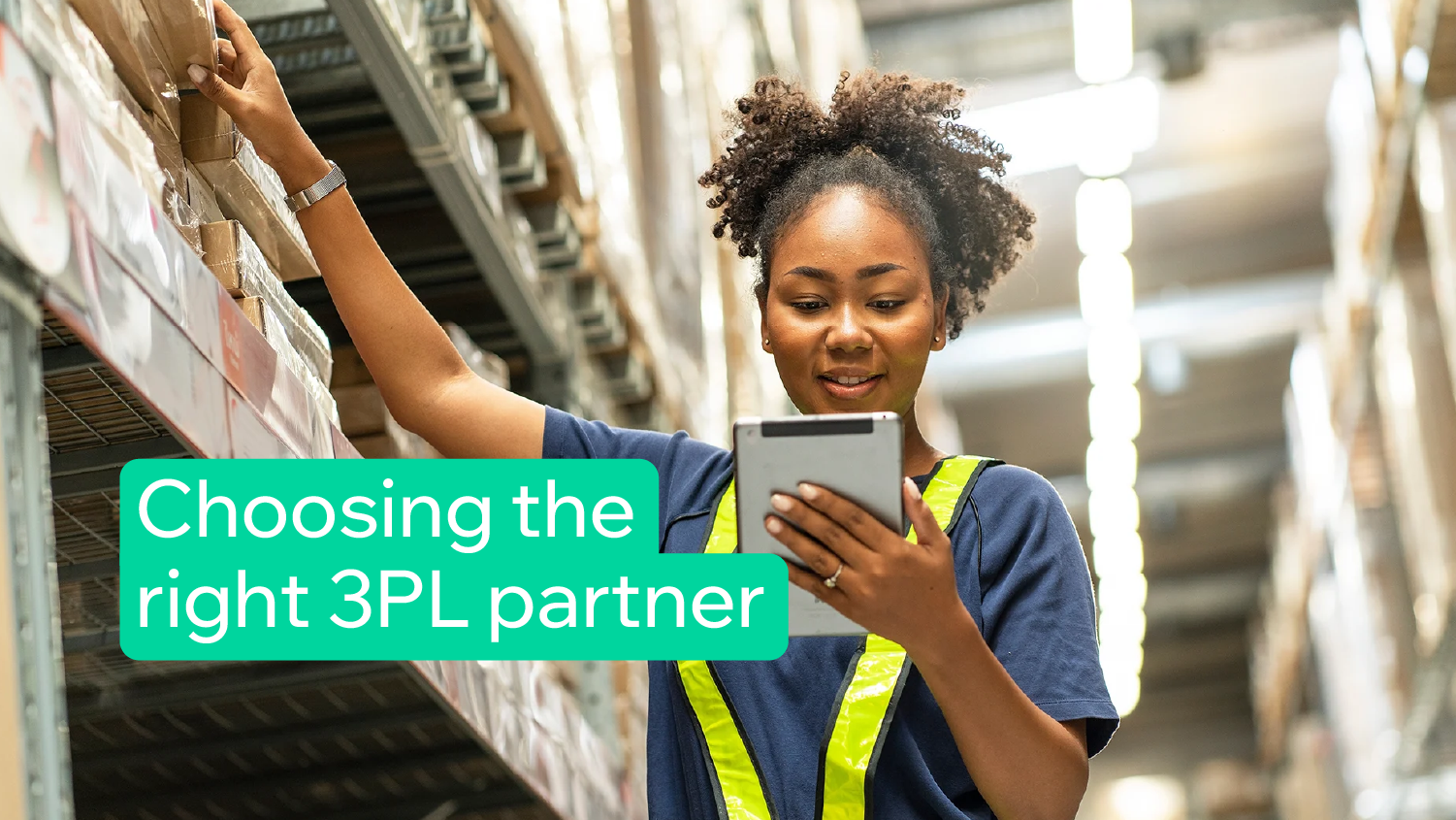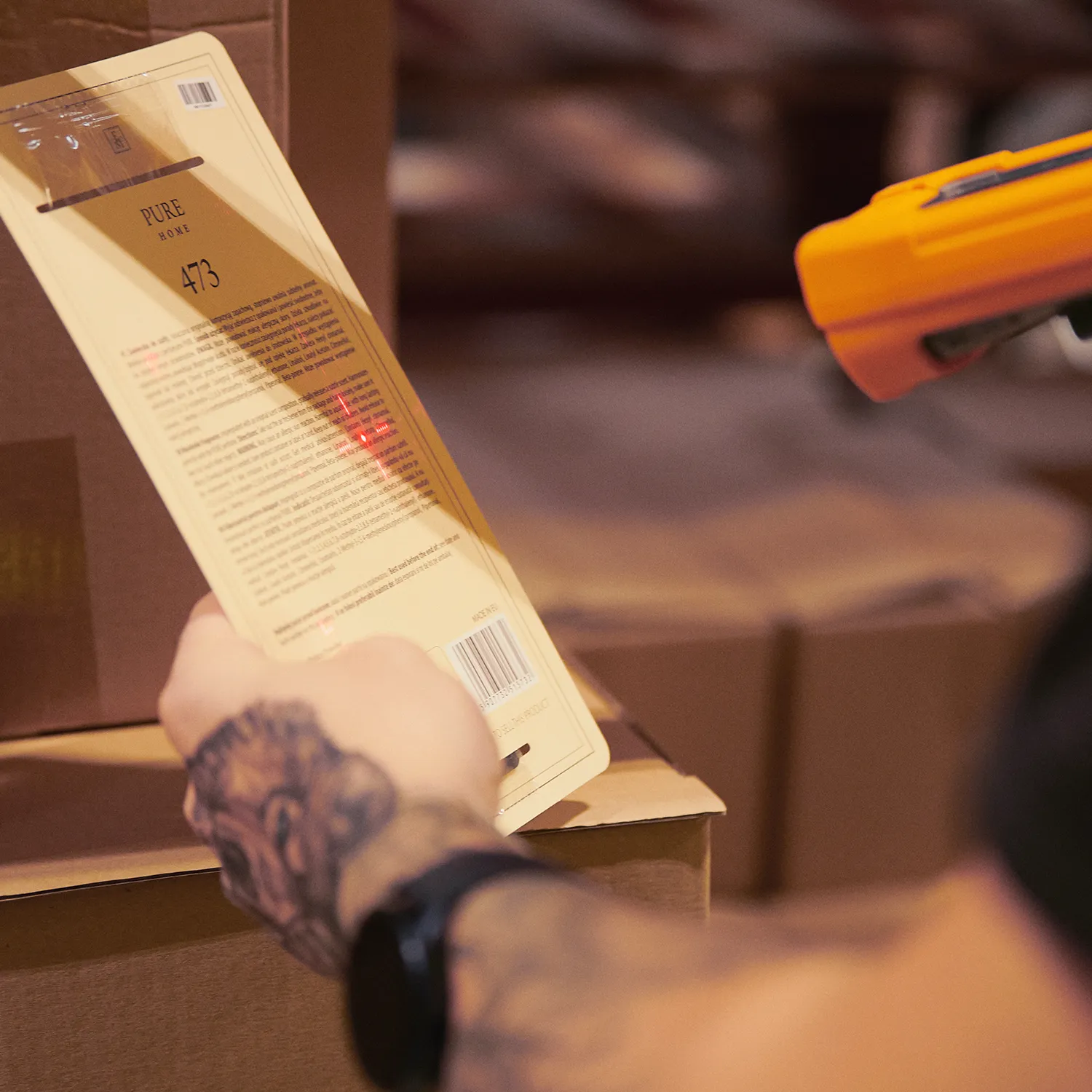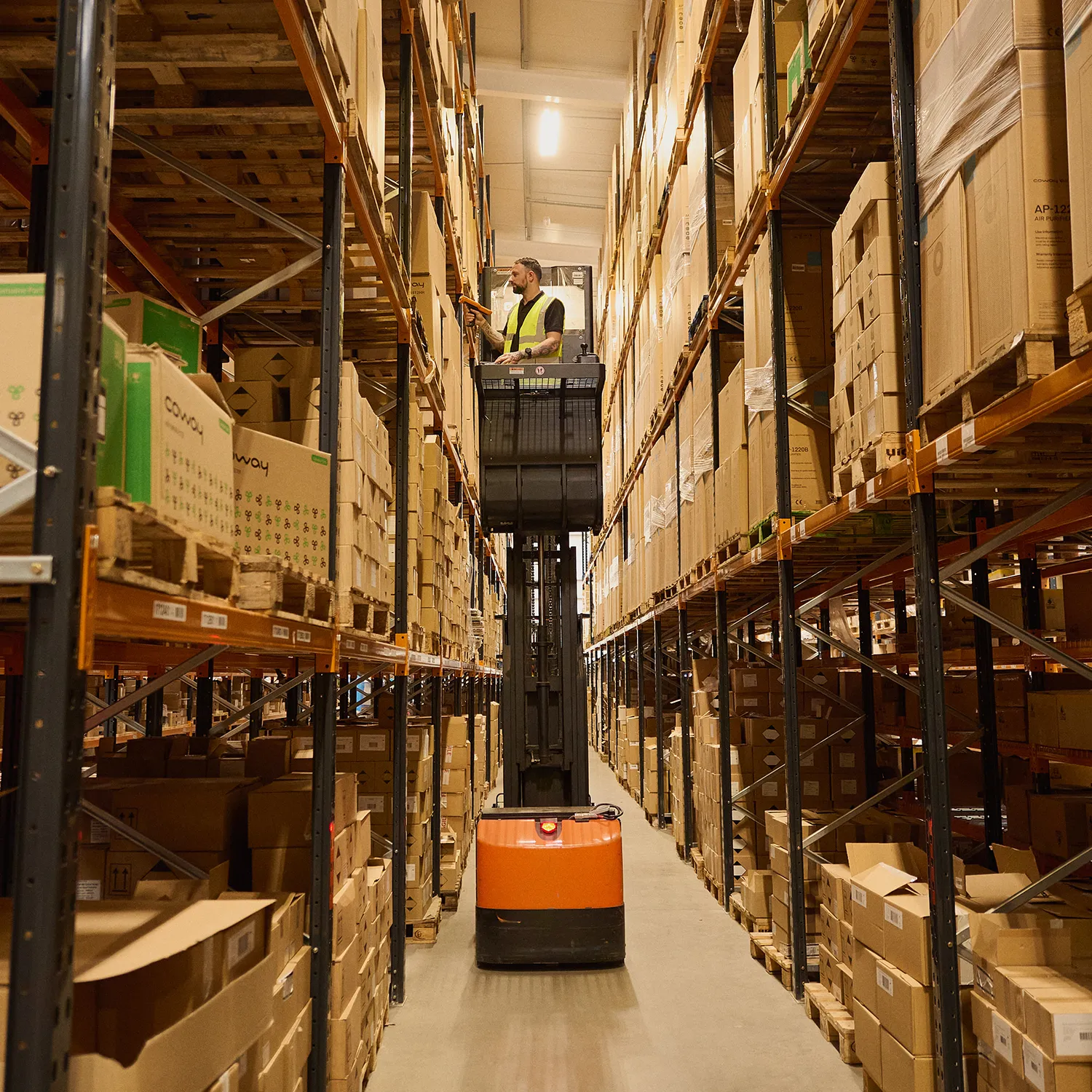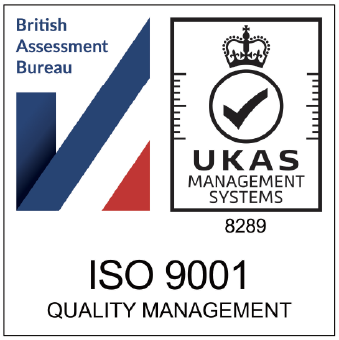Article Overview
- The right 3PL partner helps you scale, reduce operational load, and improve customer experience.
- You should assess a provider’s technology, service scope, onboarding process and client fit.
- Different businesses need different support – from high-volume ecommerce to B2B wholesale.
- Transparency, real-time data, and flexible solutions are key decision factors.
- A strong logistics partner is more than a vendor – they’re an extension of your brand.
Why choosing the right 3PL is a big decision
Outsourcing fulfilment is a pivotal step for growing businesses. Whether you’re scaling D2C orders, managing wholesale distribution, or looking to free up internal resource, a third party logistics provider (3PL) can make or break your ability to grow efficiently.
But not all 3PLs are created equal. The wrong choice can lead to missed SLAs, clunky integrations, slow onboarding and a disjointed customer experience.
The right partner becomes an extension of your business – not just moving boxes, but helping you scale faster, reduce costs and improve performance across every channel.
What to consider when evaluating a 3PL
Scope of services
Start by assessing what you actually need. Do you require storage and pick/pack only? Or are you also looking for returns management, B2B capabilities, or value-added services like kitting, personalisation, or retail compliance?
Make sure your 3PL can handle:
- D2C ecommerce (with carrier integrations and branded packaging)
- B2B/wholesale (with pallet despatch, ASN handling and labelling)
- Multichannel fulfilment
- Returns and reverse logistics
- Seasonal volume swings
If your provider specialises in one channel only, that might not support your long-term growth.
Technology and integrations
Modern logistics requires strong systems. Ask about their warehouse management system (WMS), order routing, and how they connect with your platforms – whether that’s Shopify, Amazon, WooCommerce, TikTok Shop, or your own ERP.
A good 3PL should offer:
- Real-time inventory visibility
- Automated shipping label generation
- Batch picking and barcode scanning
- Customisable dashboards or APIs
Systems like 3PL Fusion help unify orders from multiple sources and manage them from a single interface.
Onboarding and support
Fulfilment is operationally sensitive. Ask how the 3PL handles onboarding – is there a dedicated team, clear documentation, and a structured process?
Look for:
- Detailed onboarding timeline and project manager
- Inventory handover procedure and SKU mapping
- Platform testing and trial runs before go-live
- Support channels post-launch (dedicated rep, email, phone, dashboard messaging)
If a provider can’t give you a clear onboarding process, be wary of what happens when issues arise later.
Location and delivery network
Warehouse location affects your delivery times, shipping costs, and ability to meet cut-offs.
Check that your 3PL:
- Is well-located to reach your customer base
- Offers late cut-off times for next-day delivery
- Partners with multiple couriers to give you cost and speed flexibility
- Can support international shipping if required
At 3PL, our North West fulfilment hub offers late cut-offs and access to all major UK carriers – perfect for brands serving the UK and Europe.
SLAs and transparency
Every fulfilment provider will promise reliability – but can they back it up?
Ask to see their service level agreements (SLAs) and how they track:
- Pick accuracy
- Despatch timing
- Delivery performance
- Inventory accuracy
Better yet, ask if you can see anonymised performance data from other clients in similar sectors.
Scalability
Your needs today might not be the same in 6 or 12 months. A good 3PL can flex with you – whether that means growing your storage footprint, adding new SKUs, or adapting to D2C and B2B simultaneously.
Ask how they’ve handled client growth before. Can they support sudden spikes? What’s the maximum volume they can handle in peak periods?
At 3PL, we’ve helped brands grow from 100 to 10,000 orders per month without needing to change systems or renegotiate contracts.
Your fulfilment partner should grow with you – not hold you back
Choosing the right third party logistics provider is about more than warehousing – it’s about finding a partner that helps you scale with confidence.
At 3PL, we offer flexible support, fast onboarding, and integrated tech that powers multichannel growth.
Speak to our team today and let’s see if we’re the right fit for your business.
Speak to 3PL about your order fulfiment
It’s time to supercharge your business and overtake your competitors. Speak to 3PL today and find out how we can take your ecommerce and B2B fulfilment to the next level.






